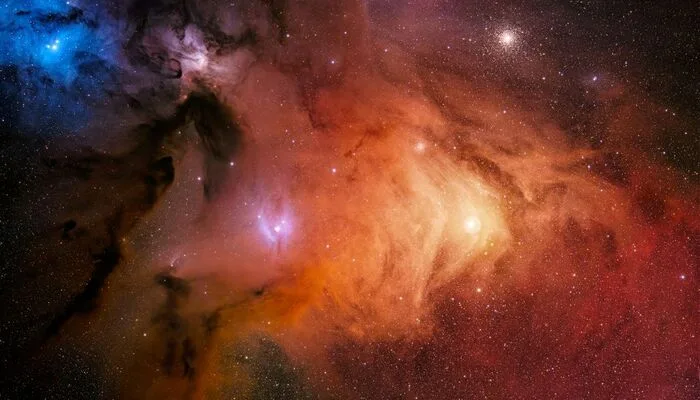The Rho Ophiuchi nebula, Earth’s closest star-forming region, has been vividly captured in a colorful deep space portrait by amateur astronomer Greg Meyer. His image not only showcases swirling interstellar clouds but also highlights two globular clusters, revealing the richness of the cosmic neighborhood.
Captured Under Texas Skies
Meyer took the breathtaking photo during the Texas Star Party in April 2025. Using a compact Radian Raptor 61mm telescope and a cooled monochrome astronomy camera, he shot 177 individual exposures.
A Favorite Among Stargazers
“This object was rising after midnight along with the Milky Way,” Meyer said. “I wanted to try imaging it from a dark sky area, and the Texas Star Party gave me the perfect opportunity.” His portable setup proved effective for capturing such a detailed image from a remote location.
Read: Pakistan-India Ceasefire Reached After Days of Escalation
What the Image Shows
The fiery red star Antares lights up the right side of the image. Just above it lies the Messier 4 globular cluster, home to around 100,000 stars. Nearby, the smaller NGC 6144 cluster sits in the upper left. At the top left corner, the Rho Ophiuchi B, C, and D stars illuminate the surrounding nebula.
Depth of the Cosmos
Though these objects appear close together, they lie at vastly different distances. Rho Ophiuchi is about 390 light-years away. Antares sits at 550 light-years, while Messier 4 is a distant 5,500 light-years from Earth. Still, Meyer’s image brings them into one breathtaking frame—a rare cosmic glimpse through the eyes of an amateur stargazer.
Follow us on Google News, Instagram, YouTube, Facebook,Whats App, and TikTok for latest updates
